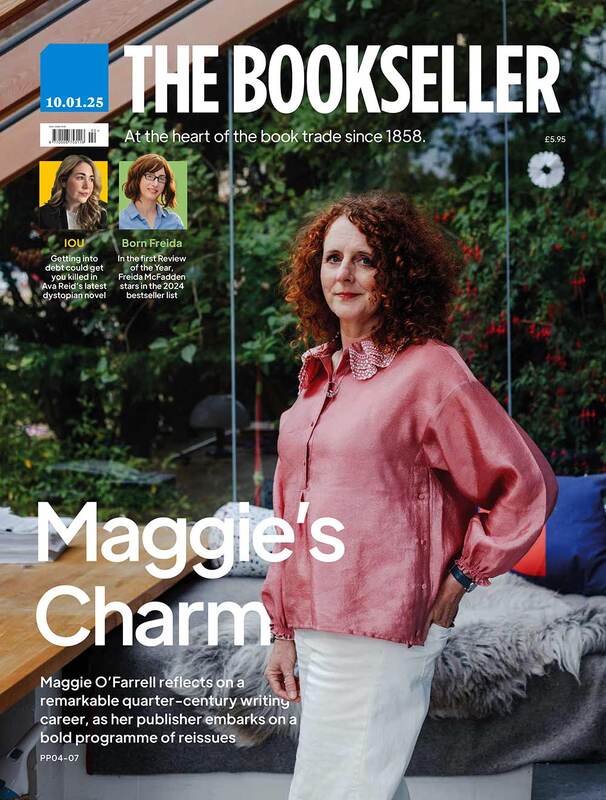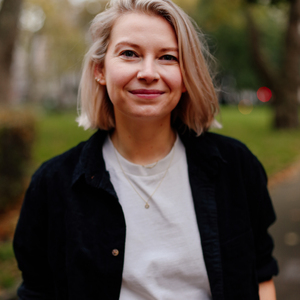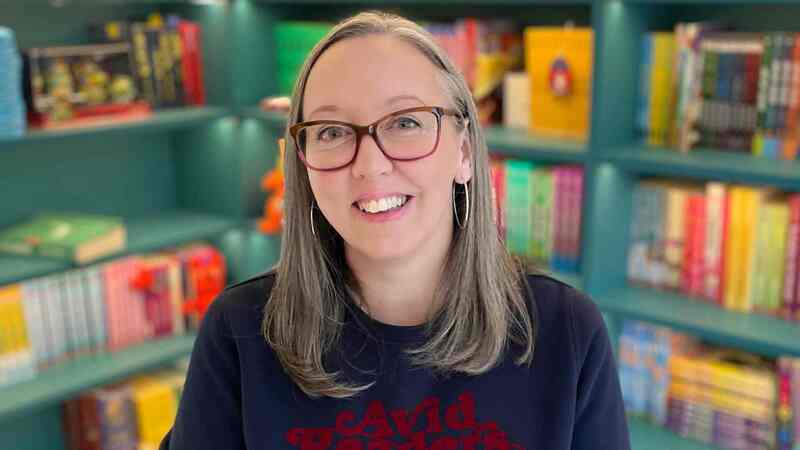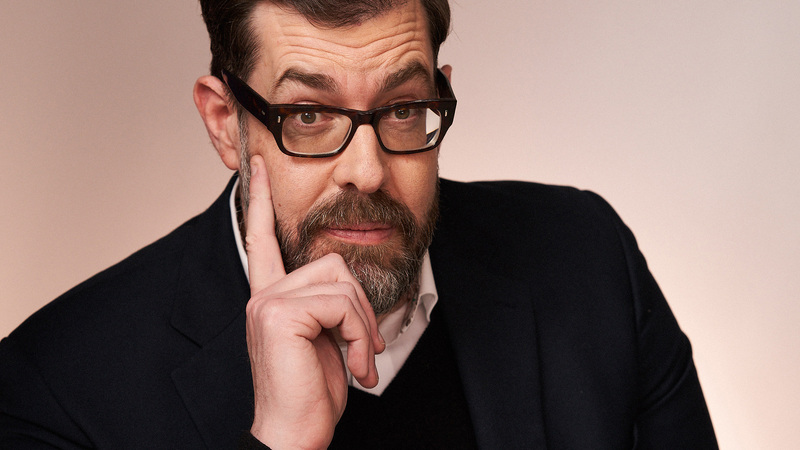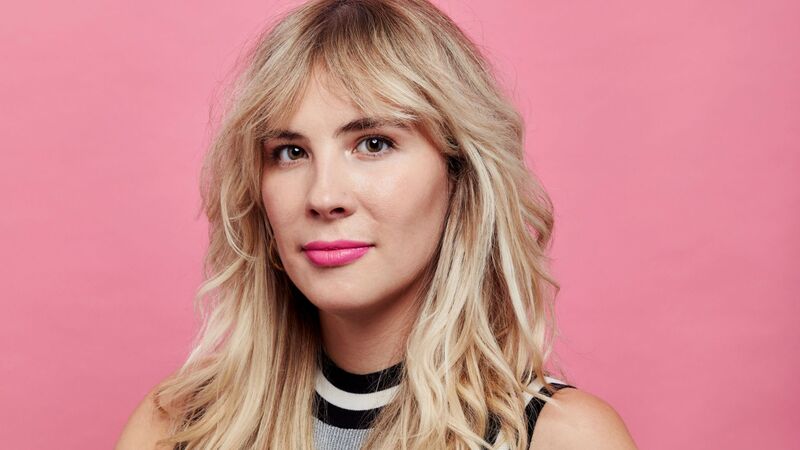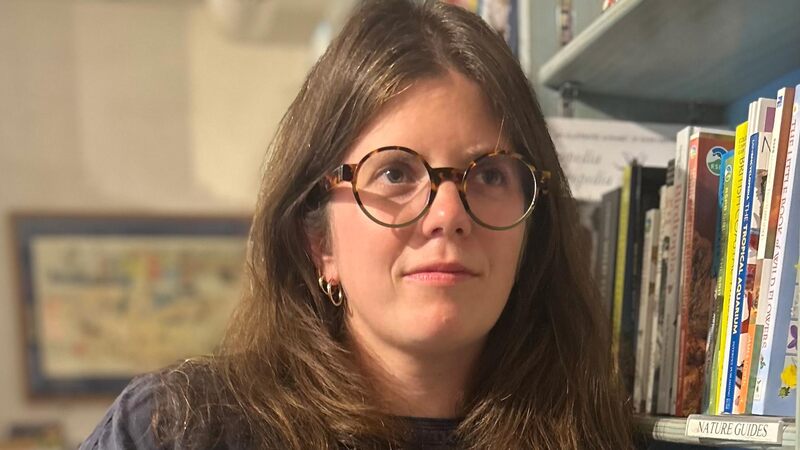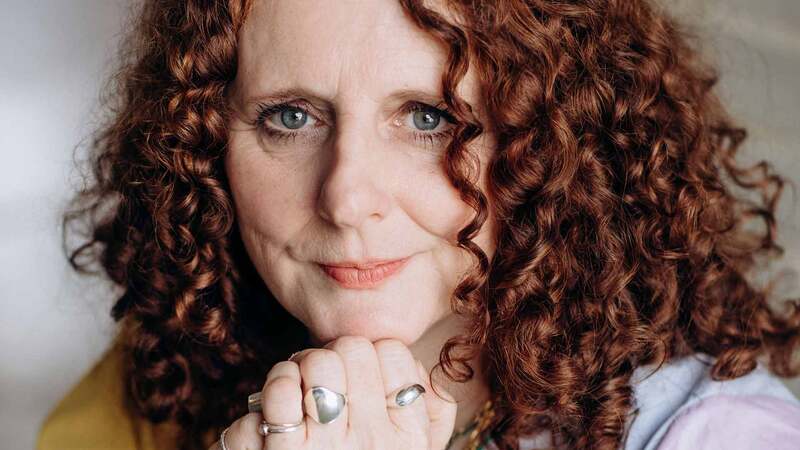You are viewing your 1 free article this month. Login to read more articles.
Flip the script
Rom-coms are being redefined as LGBTQ+ characters increasingly take centre stage, turning well-known tropes on their head.
I am 13 years old and my head is buried under the duvet late at night with a book light attached to a well-thumbed copy of Bridget Jones’s Diary. I know what happens next and still I am tearing through it, feverishly waiting for it to happen—the moment where Mark Darcy sweeps Bridget off her feet and she realises she was meant to be with him all along.
I have always loved escaping into romantic comedies and now, in 2023, a time which no one needs describing, lest this descend into the most depressing 800 words of all time, I love them even more. I used to spend a great deal of time daydreaming about my own Mark Darcy moment but of course (spoiler alert) I was never going to have my own Mark Darcy moment because I was fully, very gay.
Pride and prejudice
I can’t express how significant it would have been to read a rom-com with queer characters—how important to have seen Bridget and Mark’s kind of romance and chemistry in a same-sex couple. Instead, coming of age in the noughties meant experiencing what Jill Gutowitz describes in her brilliant book Girls Can Kiss Now as the era of “lesbian suspicion”, where lesbianism in mainstream popular culture was coded as “the worst case scenario”.
One of the greatest joys about being queer is that, as in all areas of life, we can think outside the box and rewrite the rules
One of the reasons romantic comedies are such a joy to escape into is the reassuring familiarity of the tropes. People can be snarky about these tropes but all genres are made up of them. If you haven’t read the viral tweet by Imogen West-Knights which outlines all the possible novel plots, you must. All books are the same, rom-com readers just lean into it.
Tropes in this genre are discussed more because (a) rom-coms are historically enjoyed mostly by women and thus seen as inferior, and (b) fans are vocal about their glee at hitting certain beats.
One of the greatest joys about being queer is that, as in all areas of life, we can think outside the box and rewrite the rules. Queering rom-com tropes is radical and exciting because they have not always been kind to LGBTQ+ people. That’s one of the reasons why I write rom-coms now—for the younger me. To give my characters the same chance for flirtations and silliness and heartbreak as their straight counterparts, rather than being sidelined.
The Gay Best Friend (GBF) is a character any rom-com fan will be familiar with—prolific across film, TV and books—including my beloved Bridget Jones’s Diary. The GBF, usually male, provides unconditional camp support to the straight protagonist and a little laugh to the audience at gay people’s expense.
Novel perspective
The GBF is one of my favourite tropes to turn on its head in my own rom-coms—in Wild Things, my latest novel, the queer gang have a straight best friend, as does Julia in Kate Davies’ brilliant In at the Deep End. On TV, Jack in critically acclaimed “Big Boys” has Danny—their storylines are equally weighted, one is not a novelty to add colour to the other.
I also love when authors keep the GBF but give them a twist, such as Georgina’s lesbian best friend in Lily Lindon’s Double Booked for example, who is brilliantly together but is also allowed to be flawed and complex; and Max in Justin Myers’ The Fake Up, who doesn’t offer advice on tap, but rather calls his friend out and demands that he be better.
It’s not just characters that queer rom-coms are switching up, but entire themes. The trope of fake dating and forbidden love is my favourite example—this is especially resonant for queer people for obvious reasons, which is why it’s so joyful to see something which once was shameful turned on its head. Casey McQuiston does this masterfully in Red, White and Royal Blue, queering a classic “normal-person-meets-royalty” trope. Lex Croucher does the same in Infamous, exploring a secret love between two best friends. Both authors utilise these classic tropes with wit, charm and tongue firmly in cheek.
Queer rom-coms are having a moment right now because it’s a rough time for LGBTQ+ people. It’s no wonder that we want to escape into a world where the inevitability of our experience is happiness, acceptance, kindness and joy. We want to imagine what it would be like to have to share a bed with our secret crush or what would happen if we fell for our enemy, or whether the person we were meant to be with was right under our nose all along.
We deserve to take a break to enjoy a crush, to obsess and laugh with our friends, to fall in love. We are not destined to be the sidekick, we are destined for so much more.
Kay’s début novel, The Split, published in 2021, was followed by Tell Me Everything in 2022. Wild Things is her third novel. It is out on 25th May (Quercus) and focuses on El, who stuck in a dead-end job and hopelessly in unrequited love with her best friend, resolves to “Be More Wild” and commits to doing one wild thing every month for a year.

